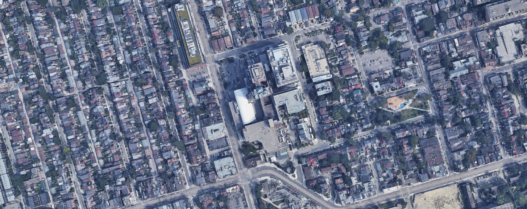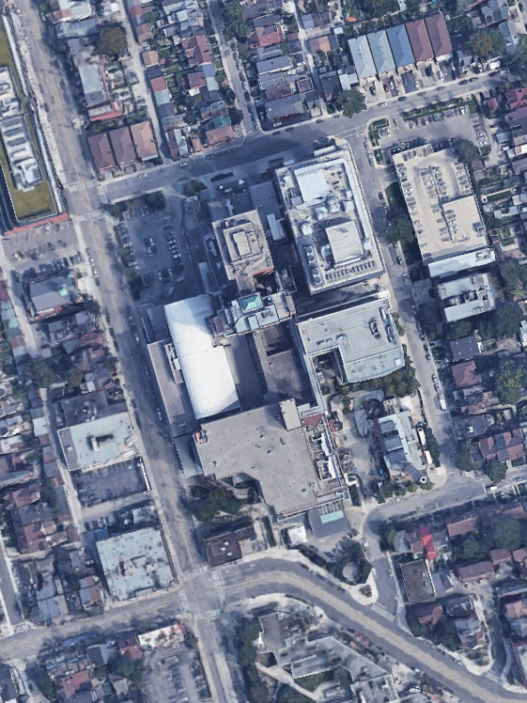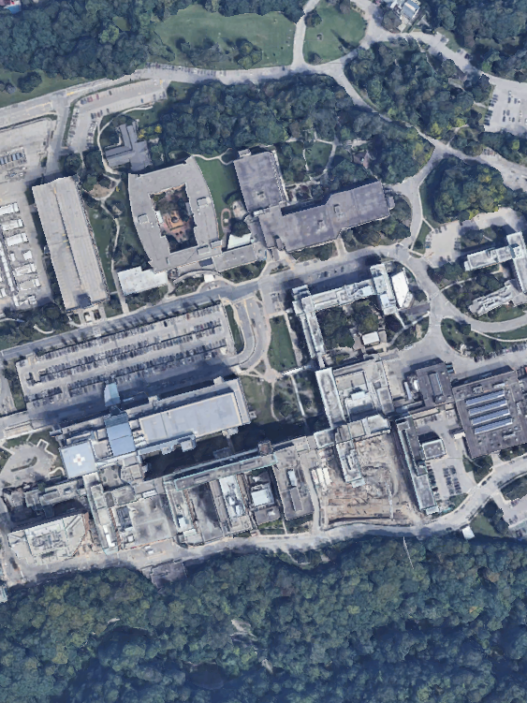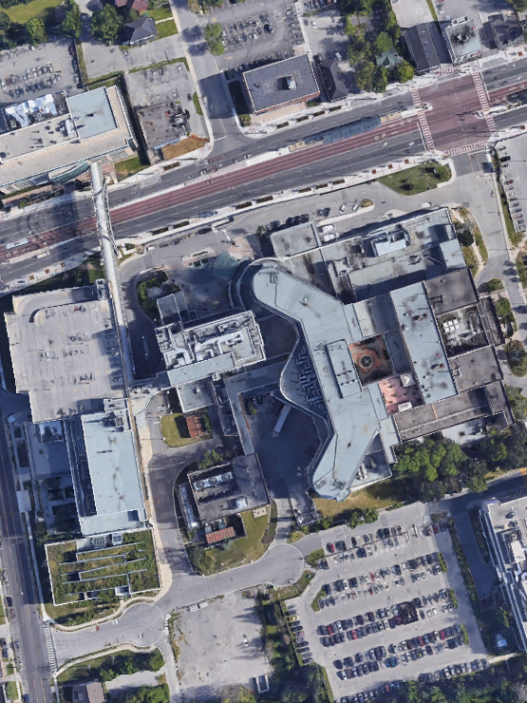CT scan wait times can be long for British Columbia residents. Long wait times can delay critical care, reduce patient satisfaction, and increase the risk of complications.
Computed Tomography (CT) scans, are medical imaging tests that provide detailed cross-sectional images of the body. They use a combination of X-rays and computer technology to create pictures of organs, bones, and other tissues, enabling healthcare professionals to diagnose conditions, plan treatments, and assess disease progress.
⬇️ Scroll down to know the expected wait time over time. Confirm the current expected wait time with your primary care physician.
CT scans are available through hospitals and private imaging clinics. The Medical Services Plan (MSP) covers the cost of CT scans that are ordered by a doctor.
Table of Contents:
- CT scan wait times in British Columbia
- Paying for CT scan in British Columbia
- Interpreting wait times & data limitations
- Advocating for better data access
CT scan wait times in British Columbia
In British Columbia, the average wait time for a CT scan is 4 weeks based upon the latest data from the Canadian Institute for Health Information. 90% of patients wait no more than 25.7 weeks.
For reference, the target maximum wait time for CT scan is 60 days or 8.6 weeks.
One major reason for the increase in wait times is the COVID-19 pandemic. The pandemic put unprecedented strain on hospitals and clinics, leading to delayed or reduced diagnostic services due to the need to allocate resources to COVID-19 care and implement safety measures. This is particularly evident in the peak around 2020.
Post-pandemic, there has been a significant backlog of patients needing various medical services, including CT scans. The rise in wait times from 2021 onwards could be attributed to the healthcare system struggling to catch up with the delayed procedures from the pandemic period. Additionally, there might be an overall increase in the demand for CT scans due to an aging population and a higher prevalence of chronic conditions requiring diagnostic imaging.
Healthcare staffing issues may also contribute to the longer wait times. Shortages of radiologists and technicians, or broader staffing challenges, could affect the capacity to conduct CT scans efficiently. Furthermore, ongoing systemic healthcare strains such as funding limitations, equipment availability, and hospital capacity constraints could also be playing a role in the increased wait times observed in recent years.
Paying for CT scans in British Columbia
Accessing CT scans in British Columbia typically involves navigating the public healthcare system, which aims to provide equitable access to medical services for all residents. However, high demand for CT scans often results in wait times, posing concerns for individuals seeking prompt diagnosis and treatment. As a result, some consider paying privately for CT scans, though this approach comes with its own set of challenges within British Columbia’s healthcare framework.
British Columbia’s healthcare system, based on principles of universality and accessibility, generally does not support a widespread system of private medical services that bypass the public queue. This policy includes diagnostic services such as CT scans. Consequently, privately paid CT scans are less common in British Columbia compared to other provinces where private diagnostic clinics are more prevalent.
Despite the regulatory environment, private CT scans can still be accessed in British Columbia in certain circumstances. These instances usually involve facilities that cater to specific needs not covered by the Medical Services Plan (MSP), such as scans for certain types of employment or insurance assessments, or for individuals seeking faster access than what the public system can offer. However, these opportunities are relatively rare and often come with significant out-of-pocket expenses.
The cost of privately paid CT scans in British Columbia varies widely depending on the type of scan and the facility providing the service. Individuals considering this option need to conduct thorough research, including directly contacting facilities for detailed pricing and service availability. It’s also crucial to assess the quality and accreditation of the facility to ensure the CT scan meets high standards.
Choosing to pursue a private pay CT scan in British Columbia involves balancing the need for timely diagnostic services against the costs and potential challenges of finding a reputable provider outside the public system. While the public healthcare system aims to prioritize critical cases and manage wait times effectively, individuals with specific needs or desires for expedited service may explore private options as a complement to the services provided by MSP.
Understanding wait times & data limitations
When interpreting the data, focus on two main metrics: average wait time and 90th percentile wait time. The average wait time represents the mean number of days patients wait from the time a CT scan is ordered to the time it is completed. This metric offers a general sense of the typical waiting period for most patients. On the other hand, the 90th percentile wait time indicates the maximum wait time experienced by 90% of patients, highlighting how long the majority of patients wait, and giving insight into the upper range of wait times.
It is also important to consider data limitations when evaluating CT scan wait times. One limitation is the variability in data collection and reporting practices across different regions and healthcare facilities. This can lead to inconsistencies in how wait times are measured and reported. Additionally, wait time data might not account for all influencing factors, such as variations in patient urgency, availability of specialized equipment, and differences in regional healthcare infrastructure.
Another limitation is the potential lag in data reporting. Wait times reported by CIHI may reflect past periods, meaning that current wait times could differ due to recent changes in healthcare policies, resource allocation, or demand for diagnostic services. Furthermore, the data may not fully capture the impact of temporary disruptions, such as those caused by the COVID-19 pandemic, which can significantly affect wait times.
Advocating for better data access
We are thankful for the Canadian Institute for Health Information’s efforts in measuring and reporting CT scan wait times in British Columbia.
We encourage the Province of British Columbia to expand its data reporting to include CT scan wait times, as seen in Ontario and other provincial jurisdictions. This information would greatly benefit patients by advising them where they can gain access to CT scans in the shortest period of time.
Readers can consider reaching out to BC Ministry of Health to advocate for this beneficial change.
Learn wait times for other medical procedures in British Columbia:















